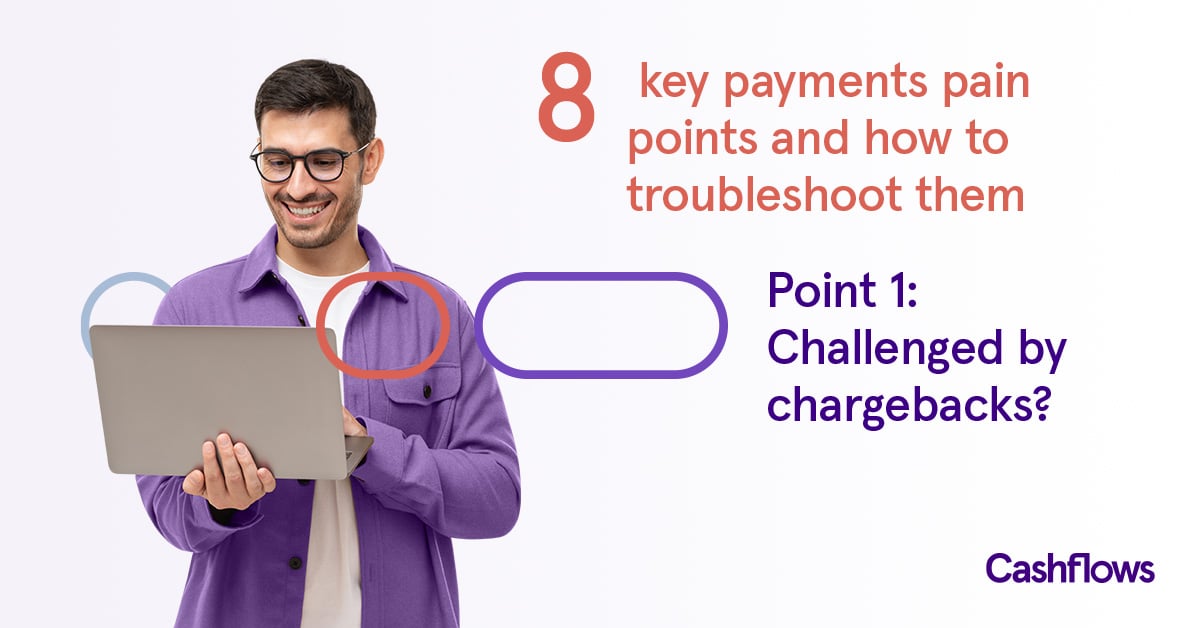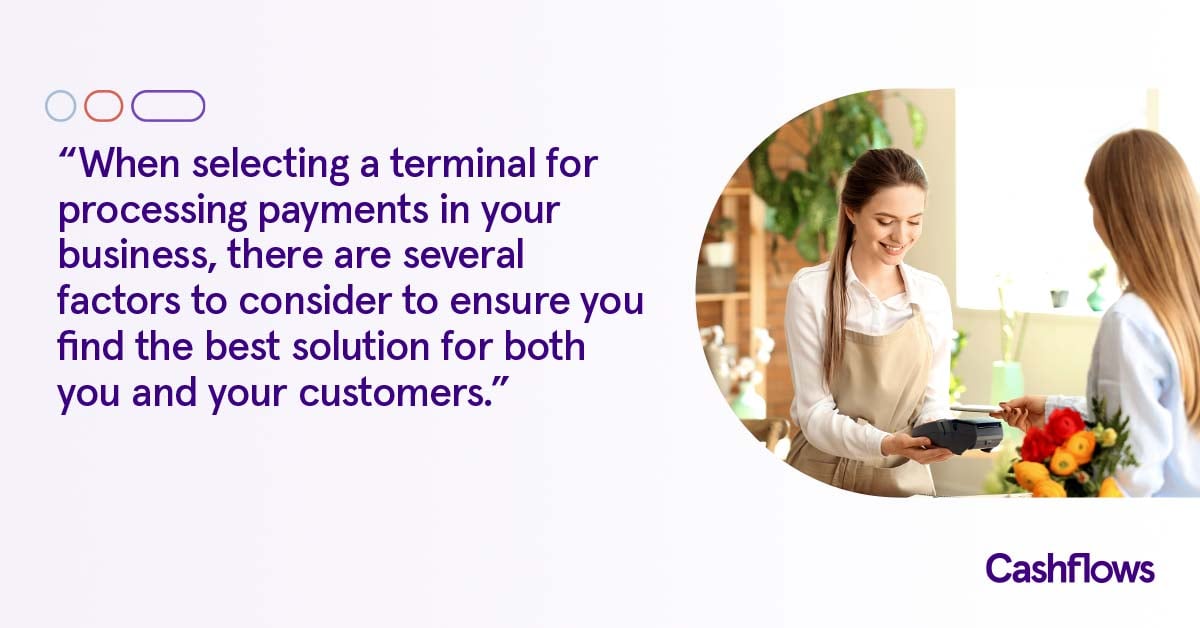In 2023, research from Equifax showed that the total value of refunds and charge disputes could be as high as £13.2 billion per year in the UK, having a significant impact on UK businesses1. Chargebacks can be a significant challenge for business owners, impacting profitability and causing frustrations for their customers. With a chargeback rate of more than 1%, resulting in additional fees, fines, and warnings that can lead to the business’ ability to process card transactions being revoked by card schemes, chargebacks must be taken seriously2. Understanding the causes and implementing proactive strategies is crucial to minimising chargebacks.
Understanding the causes
To effectively tackle chargebacks, it's essential to understand why they occur. Common reasons include fraud, customer dissatisfaction, processing errors, and unauthorised transactions. By identifying these root causes, businesses can tailor their strategies to address specific issues.
Implementing strong fraud prevention measures
Fraudulent transactions are a major contributor to chargebacks. Business owners should invest in robust fraud prevention tools and technologies, such as address verification systems (AVS), card security codes, and fraud detection software. Regularly update security protocols to stay ahead of evolving fraud tactics. Businesses should also ensure their payments providers have strong fraud prevention systems in place to ensure transactions and customer data are protected.
Enhance customer communication
Many chargebacks result from customers feeling dissatisfied or confused about their purchases or their whereabouts and contacting their debit or credit card company for a refund. Clear and transparent communication is key to prevent this. Provide detailed product descriptions, transparent pricing, and accurate shipping information. Additionally, promptly address customer inquiries and concerns through various channels, including email, chat, and phone.
Streamline the refund process
Customers may resort to chargebacks if they encounter difficulties obtaining refunds. Simplify the refund process to encourage customers to contact your business directly for resolution. A hassle-free refund experience can prevent chargebacks and foster positive customer relationships.
Monitor and analyse chargeback data
Regularly monitor chargeback data to identify patterns and trends. Your payments provider should provide you with the real-time transaction data and analysis tools you need in order to do this effectively. Analysing this information can help to pinpoint areas of improvement, track the effectiveness of implemented strategies, and identify potential fraud hotspots.
Ensure accurate billing descriptors
Confusion over billing descriptors is a common cause of chargebacks. Ensure that your business's name and contact information are clearly displayed on customer statements, making it easier for them to recognise and authenticate transactions. This is particularly important for businesses that take payments over the phone when customers don’t have the reassurance of an order confirmation page. Ensuring billing descriptors are prominent on email confirmations and receipts will ensure that customers can cross-reference and identify their transactions easily.
Prioritise customer education
An IMRG study in 2022 found 60% of customers were not aware that merchants incur the cost of chargebacks3. Educate customers on the implications of chargebacks and encourage them to contact your business directly for dispute resolution. Clearly outline your return and refund policies to manage expectations and minimise misunderstandings.
Monitor high-risk transactions
Implement monitoring systems for high-risk transactions, such as large orders or purchases from unfamiliar locations. By closely scrutinising these transactions, you can identify potential issues before they escalate into chargebacks.
At Cashflows, we prioritise ensuring that all of our customers are given the tools and knowledge they need to understand their payments and transactions. By helping our customers understand and analyse their data, we support them to grow and improve their customer experience while helping them to increase their authorisation rate and reduce chargebacks and declines. Interested to learn more about how our people support our customers? Contact us here.
Sources:


